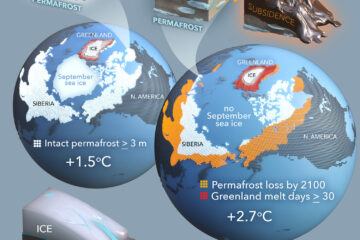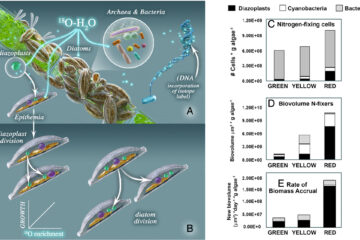Evapotranspiration comparisons between eddy covariance measurements and meteorological and remote-sensing-based models in disturbed ponderosa pine forests
Evapotranspiration (ET) comprises a major portion of the water budget in forests, yet few studies have measured or estimated ET in semi-arid, high-elevation ponderosa pine forests of the south-western USA or have investigated the capacity of models to predict ET in disturbed forests. We measured actual ET with the eddy covariance (eddy) method over 4 years in three ponderosa pine forests near Flagstaff, Arizona, that differ in disturbance history (undisturbed control, wildfire burned, and restoration thinning) and compared these measurements (415–510 mm year−1 on average) with actual ET estimated from five meteorological models [Penman–Monteith (P-M), P-M with dynamic control of stomatal resistance (P-M-d), Priestley–Taylor (P-T), McNaughton–Black (M-B), and Shuttleworth–Wallace (S-W)] and from the Moderate Resolution Imaging Spectroradiometer (MODIS) ET product. The meteorological models with constant stomatal resistance (P-M, M-B, and S-W) provided the most accurate estimates of annual eddy ET (average percent differences ranged between 11 and −14%), but their accuracy varied across sites. The P-M-d consistently underpredicted ET at all sites. The more simplistic P-T model performed well at the control site (18% overprediction) but strongly overpredicted annual eddy ET at the restoration sites (92%) and underpredicted at the fire site (−26%). The MODIS ET underpredicted annual eddy ET at all sites by at least 51% primarily because of underestimation of leaf area index. Overall, we conclude that with accurate parameterization, micrometeorological models can predict ET within 30% in forests of the south-western USA and that remote sensing-based ET estimates need to be improved through use of higher resolution products.


